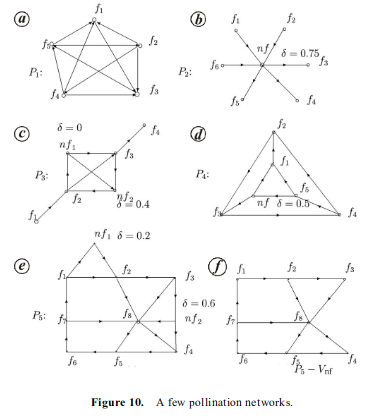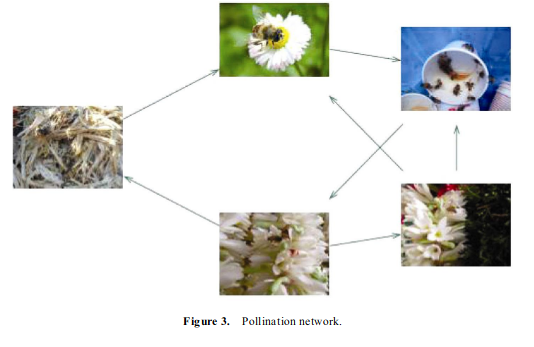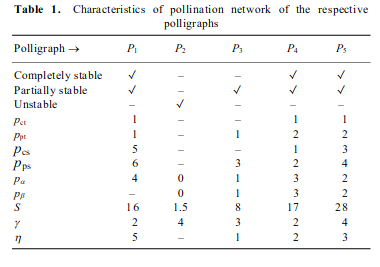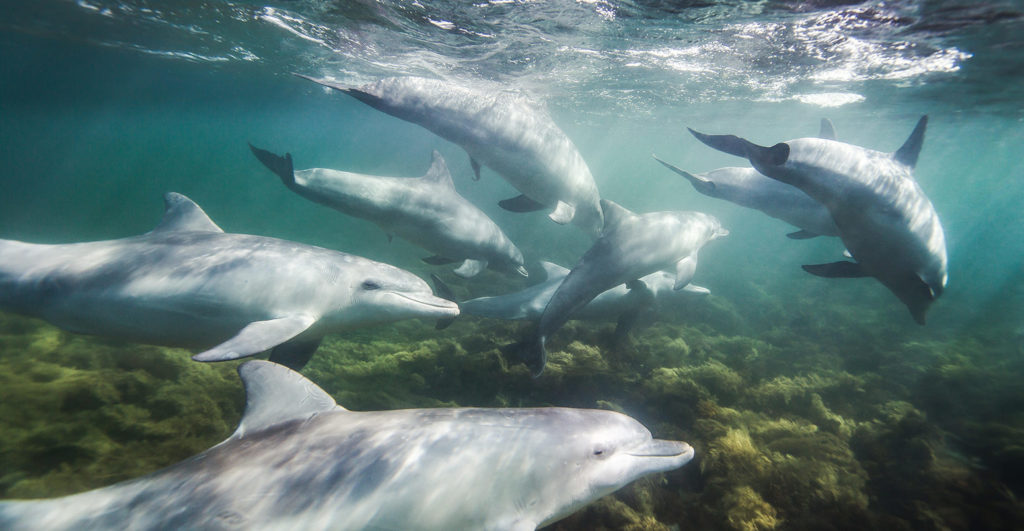From crops to our tables, our food would not be as prevalent if these tiny winged animals did not exist. Each bee has a responsibility to keep the hive alive, and to do so, pollinate plants and crops, which we use to sustain our food production. Bees form pollination networks to flowers and other possible pollination targets which dictates the path that bees can take to each group and complete their tasks. However as of recent, the population of bees have been steadily decreasing, so this article “Graph theoretical modelling and analysis of fragile honey bee pollination networks” attempts to analyze the relationship of disappearing bees and the destruction of these pollination networks.
In this article, researchers D. Pandiaraja et al. have attempted to construct multiple directed graph models to illustrate the various networks that bees have with pollination targets. This diagram is a basic definition of the network that is trying to constructed.
In this graph, they’ve set some definitions to define the network, such as the graph P = (V, A) with vertices V associated to flowers and A is the set of arcs. where arcs are edges that point forwards and backwards. This graph P is connected if every pair of vertices has at least one path to every other flower. Furthermore, the graph P is stable if every flower x, y such that there is a path (x, y) and (y, x) with no intermediate flower in the middle. This can be partially stable if there is either a path (x, y) or a path (y, x). The maximum set of arcs that can occur is P – V where P is completely stable or partially stable.
From these definitions, they’ve come up with some pollination networks:

Some things they’ve noticed is that P1, p4, p5 becomes compromised with the loss of a single flower. When multiple arcs are lost within a graph, the amount of possible paths dramatically decrease and bees can lose their ability to actually pollinate enough flowers to sustain their hive. There are dominating flowers who have the largest cardinality in this network that can collapse the entire pollination structure if they are removed.
Where:
Pct is threat to a complete graph
Ppt is threat to a partial graph,
Pcs is the max cardinality for a complete graph
Pps is the max cardinality of a partial graph
Pa is the minimum number of arcs required to make a complete graph disconnected
Pb is the minimum number of arcs required to make a partial graph disconnected
Source:
https://www.currentscience.ac.in/Volumes/107/12/1988.pdf





